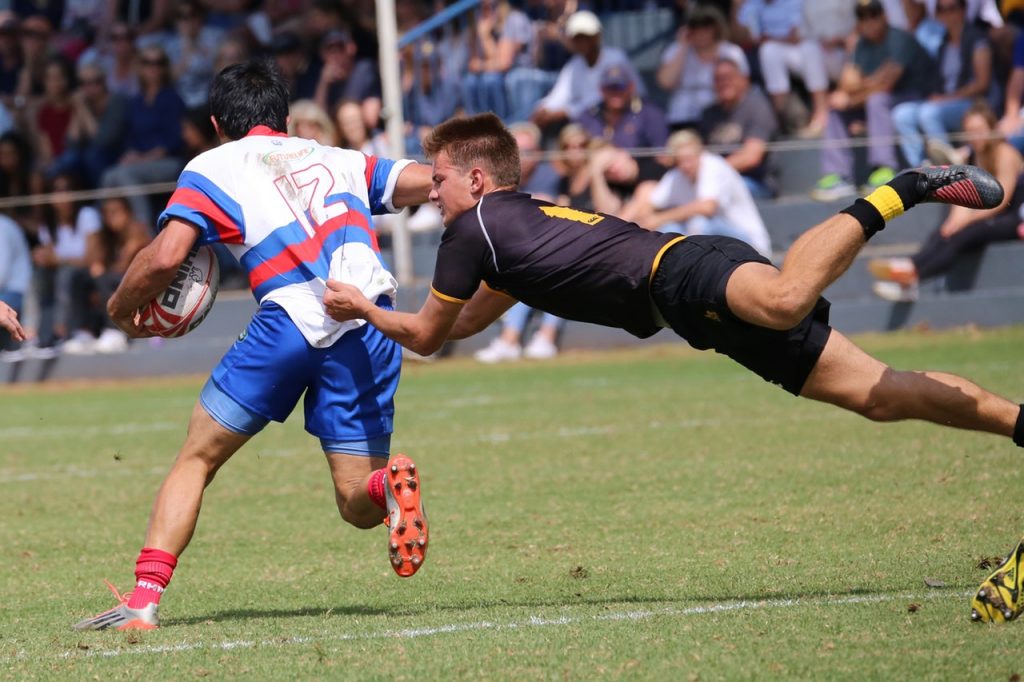For those who love to exercise, taking time off from doing any physical activity may sound horrible. This can be true for women who have had breast implant surgery. They may be limited to how much physical activity they can do, and the types of activities that are suitable for them.
You breast implant placement
When you are considering breast implants you need to talk to the doctor about how you prefer to exercise and what your routine is. The size and the placement of the breast implants will actually dictate how your body is going to handle exercise. Implants are heavy and they can weigh about 800g together. The implants are placed under the muscle, so you need the muscle to support the added weight. If you have chosen to have the implants placed above your muscles, then you are going to be limited when it comes to vigorous exercising which can increase your risk for skin stretching and stretch marks. The same goes for women who have had breast implant replacement surgery.
Avoid upper body exercise
Most women opt to have their implants placed under their muscle. You need to allow a significant amount of time for the muscles to heal all around the implants which means avoiding upper body exercises. If you carry out upper body exercises you can create what is known as capsular contracture which can cause your implants to harden and be quite painful. They can also distort the shape of your breast. Avoid any upper body exercises that will put a strain on the pectoral muscles in the first 6 weeks. You can still continue with lower body exercises like squats, lunges and leg presses.
It is important to keep moving
Exercise can help with the recovery after your surgery. You need to keep your body moving in order to get the oxygen moving through the body tissues that are bruised which can help to lower the inflammation. Light exercise like walking or cycling on an exercise bike is good to start off with. Make sure you wear supportive bras to try and limit the breast movement.
Week 1 strictly no exercise
Week 2 no chest or jumping exercises but light exercises are ok
Weeks 3 to 6 no chest or jumping but you can gradually increase the exercise
Week 6 you are unrestricted so go for it. This will depend on facts like you have healed completely, you are feeling good and there have been no post complications.
It is important to listen to your body. Listen to what it is telling you. If you are carrying out exercise and start to feel pain or your breast feels swollen stop immediately and seek advice from a doctor. If you are still in pain and still recovering it is important to ensure that you take it easy and gradually ease into the active life again. You will still be having post-ops with your doctors who will assess the progress, and this is when it is a good idea to ask about exercise. Ask when you can start and what type of exercises are safe for you. Everyone is different so the table above won’t suit everyone and you should always seek advice from your doctor about your individual case.




